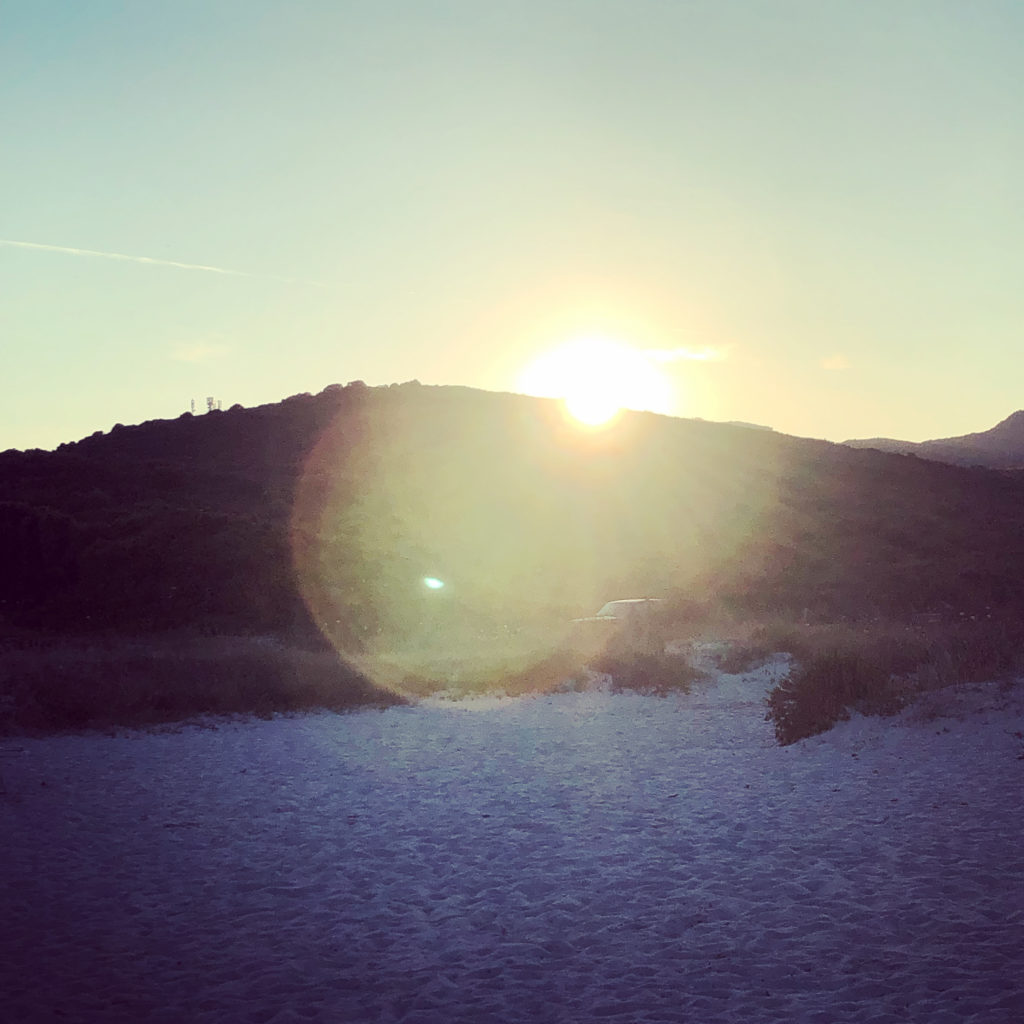
Midsummer, the celebration of Summer Solstice, has been a time of fires burning bright, revelry, and exuberant joy for many cultures in the Northern hemisphere since ancient times. The custom continues today in many locations, with the celebrations taking on a tone of preserving cultural traditions.
Since this holiday is set in motion by a solar event that is not limited to specific places or cultures, you can find a myriad of ways to celebrate in ways that are most meaningful to you. This can be based on culture, bioregion, earth-centric belief systems, and many others.
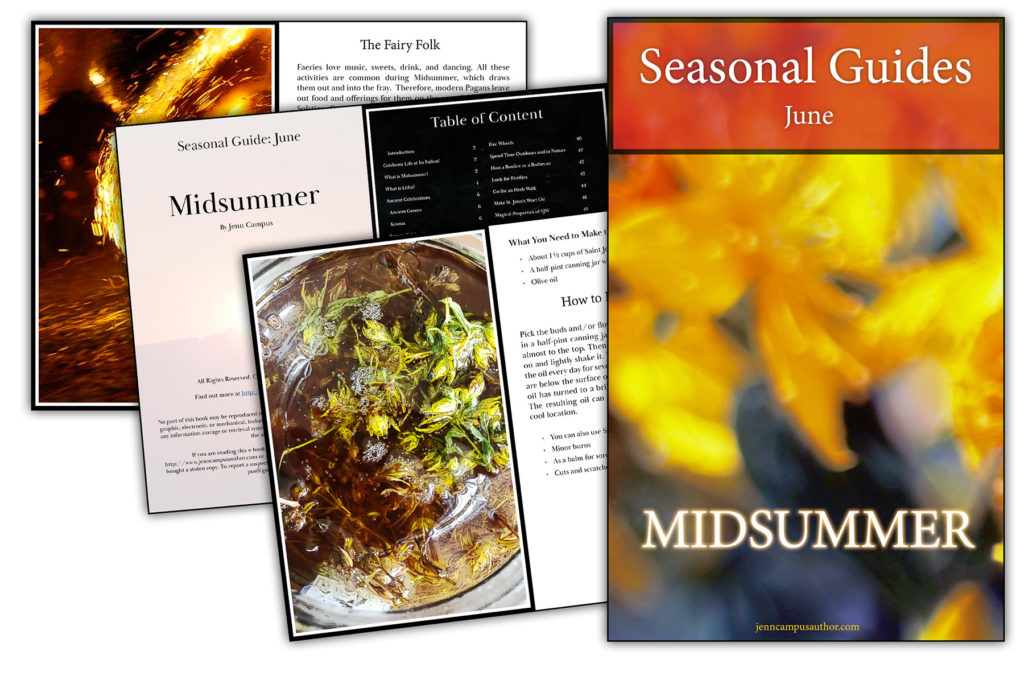
70+ page guide includes folklore, rituals, and customs for the Summer Solstice. Inside discover activities, recipes, and rituals for families and individuals that we can use to preserve the cultural traditions that set our hearts aflame.
What is Midsummer?
The word solstice comes from the Latin solstitium, or sol (“sun”) and sistere (“to stand still”). It makes sense because when one views the daily seasonal path of the sun from Earth at the Solstices, it seems to pause at a northern or southern limit before reversing direction.
When the sun reaches its zenith, and we experience the longest day of the year, it usually occurs between June 21-23 (or December 22-23 in the southern hemisphere).
Those who celebrate the Summer Solstice usually recognize it as a celebration of the dark, giving way to the fullness of light or the triumph of light over darkness and life over death. Generally, people observe the holiday on the eve and day of the astrological Solstice.
It is called Midsummer because even though it falls on the Summer Solstice, which in modern times notes the beginning of summer, some ancient cultures marked the beginning of summer at Beltane.
Still, many cultures celebrate Midsummer on a fixed date, usually June 24 & 25, to coincide with other closely related holidays.
What is Litha?
Some people, especially Neopagans, refer to the Summer Solstice as Litha. Therefore, some people know the holiday under this name. The word may come from the reconstructed Germanic calendar corresponding to the months of June and July. This theory corresponds to the writings of the Anglo-Saxon monk Bede who named “Litha” in his writings as the Latin name for both June and July in ancient times.
Did the Celts Celebrate Midsummer?
Many people think of Litha or the Summer Solstice as part of an ancient Celtic holy calendar. Although it is tradition for modern Druids to gather at Stonehenge on the eve of the Solstice, we don’t really know how the ancient Celts celebrated this day since they passed down their traditions orally.
A writer for the independent Irish publication, An Sionnach Fionn, goes so far as to clarify that “The evidence, in Ireland at least, is that our Gaelic-speaking ancestors did not commemorate the movement of the sun or the phases of the moon and what rudimentary mid-summer and mid-winter celebrations or folk traditions we have on this island are Irish adaptations of much later Scandinavian and English introductions.”
The author does admit, however, that “the sun played a part in the calculation of the seasons, but only in so much as this informed a society largely dependent on grain and cattle for its survival and its wealth.”
Midsummer is the midpoint of the harvest season, and as we see in other cultural celebrations, agriculture is a major component. Our Neolithic Ancestors may have started observing the Summer Solstice to mark the beginning of planting and harvesting crops. So, the two events, Solstice and the harvest, could be linked.
Neolithic Evidence of Midsummer
We know that the predecessors of the Celts in Britain did worship the sun and celebrated the Solstice, as evidenced by the many megalithic structures they built to correspond to the rising sun on the Solstice. In the case of Stonehenge, the sarsen stones also line up to trace the movement of the sun. Therefore, this idea that the megalithic people of Britain celebrated the Solstice is set in stone.
These monuments honor the connection between the sun and the culture of the builders. Yet, there is very little given to us by the Celts themselves around this holiday. Christian monks wrote surviving texts about this ancient celebration after the conversion. Most of these accounts have bonfires in common, and there is also a clear connection to water (more on that later). So that is really all we have to go on. It is powerful symbolism, and one can find many ways to use these two elements in their own celebrations.
Midsummer Podcast Episode
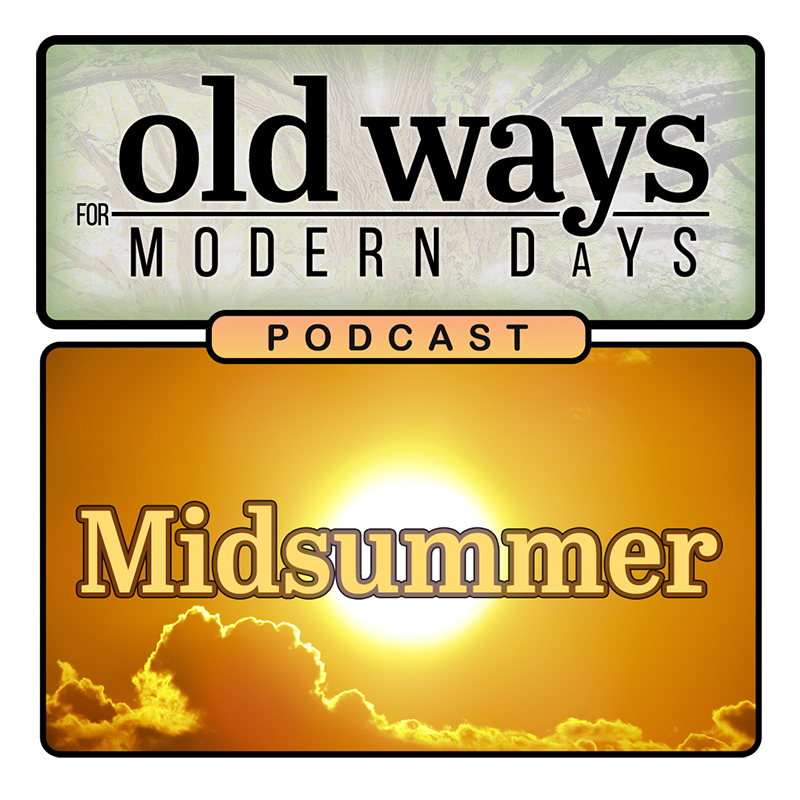
In the episode:
*How to celebrate the Summer Solstice in ways that are meaningful to you
*Sunna, Goddess of the Sun
*The magic of St. John’s or Solstice Wort
*L’acqua di San Giovanni
*Midsummer & Litha
*The Vestalia
*Did the Celts celebrate Summer Solstice?
*Culture is alive
*The Oak King & The Holy King
*A story: Little Valkyrie
LISTEN HERE>> https://soundcloud.com/jenn-campus-author/episode-18-midsummer?utm_source=clipboard&utm_medium=text&utm_campaign=social_sharing
Culture is Alive, and as Such, Subject to Interpretation
For me, that is the beauty of these holy tides. There is much that we know and much that we do not. We know that many celebrations were very localized and regional and that much knowledge was passed down orally over the generations. So, it is impossible to know the whole story.
Culture is a living thing, which means it changes and adapts. Our Ancestors certainly followed this way of being, so I believe it is “traditional” to do the same. If we want to tend the flames of our people, the priority is to keep culture living and not be stuck or dragged down in upholding the dogma of the day. Rather, we can honor the historical elements or symbolism that we know and feel comfortable adapting it to our modern lives and individual circumstances.

Some Ways to Celebrate Midsummer
Here are some of the most common Midsummer customs based on the history of what we know and how we’ve allowed it to evolve in modern times. I offer them to help you get into the spirit of the holiday. These are fun and easy ways to enjoy the time with your family and loved ones.
Wear Flowers
According to Pagan folklore, evil spirits would abound on the Summer Solstice because the veil between our world and the Otherworld is thinner at this time. To ward off these malevolent energies, people would wear protective garlands of specific herbs and flowers.
Certain plants, especially St. John’s Wort, but also roses, rue, verbena, and lavender, when picked on the eve of the Solstice, had specific magical and healing properties that they would not have if picked at any other time. These were the flowers used to make garlands to adorn oneself or the home.
The Fairy Folk
Faeries love music, sweets, drink, and dancing. All these activities are common during Midsummer, which draws them out and into the fray. Therefore, modern Pagans leave out food and offerings for them on the eve of the Summer Solstice. On this evening, if you are fortunate, you might catch a glimpse of the faeries, who often reveal themselves to humans on this night. Learn more about why we offer honey to the Fairy Folk in Sacred Foods: Honey Magic.
Host a Bonfire or a Barbecue
This one is a no-brainer. If you can’t do a bonfire, try hosting a backyard barbecue for family and friends. Summer is a great time for grilling, and barbecues are always festive. Check out the recipes below for menu inspiration! If you have little ones, let them say goodnight to the sun and celebrate twilight with sparklers, storytelling, music, and dancing. Find five Summer Solstice Recipes in the June Seasonal Guide.
June Seasonal Guide: Midsummer
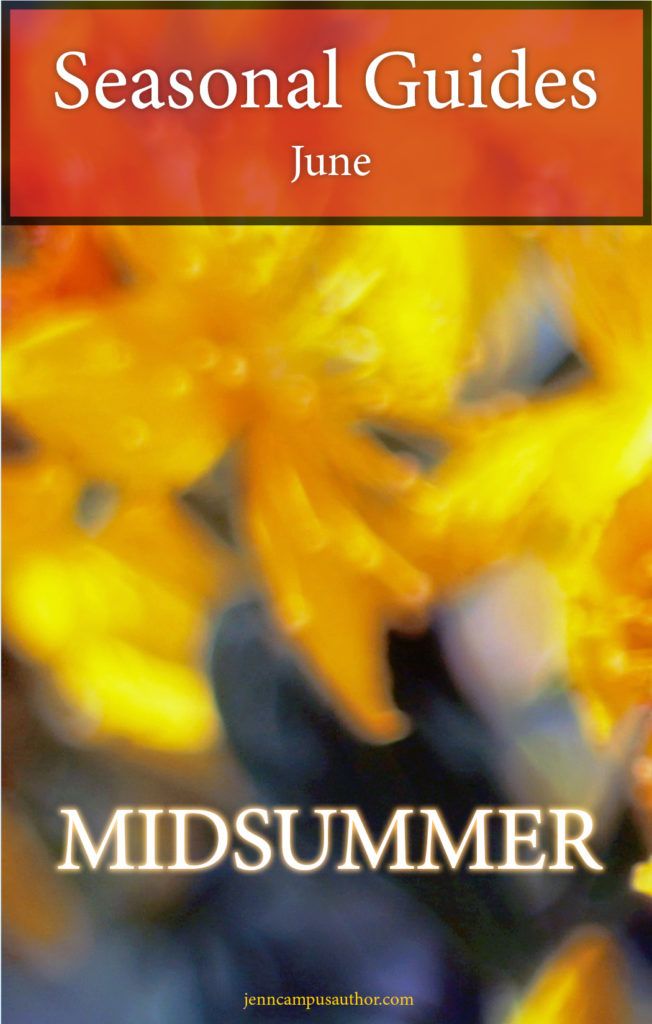
Related Posts:
Golden Light & Battle Flowers: Honoring Freya & the Valkyries at Midsummer
L’Acqua di San Giovanni: A Midsummer Blessing from the Old Ways
Summer Solstice Apricot “Dutch Baby”
Blessed Beltane! Happy May Day! Feast of Sant’ Efisio!
Lammas: The First Harvest

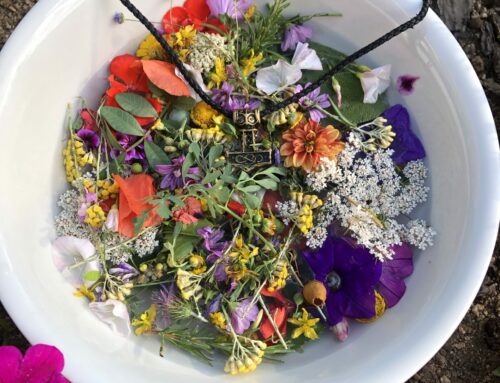
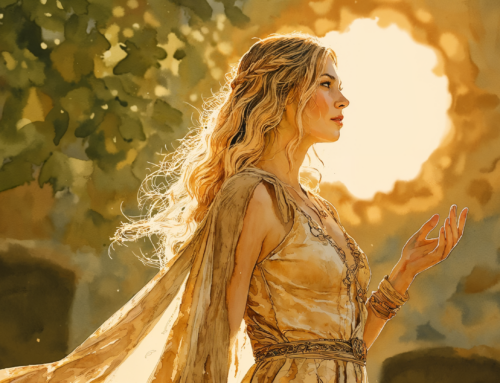
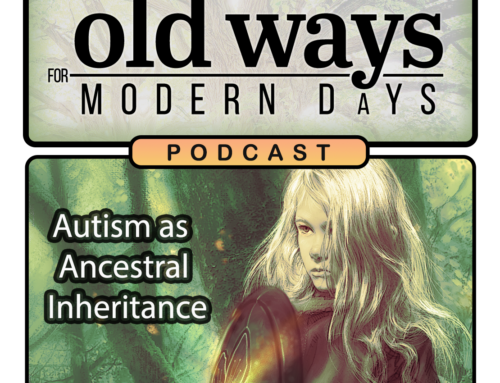
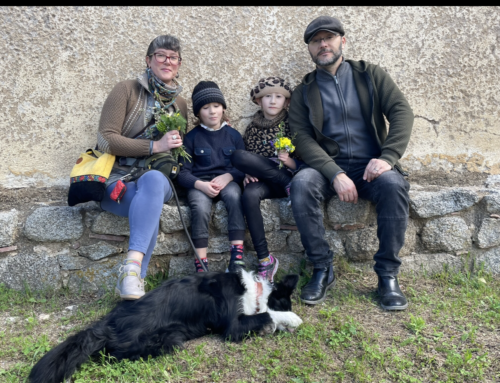


Leave a Reply